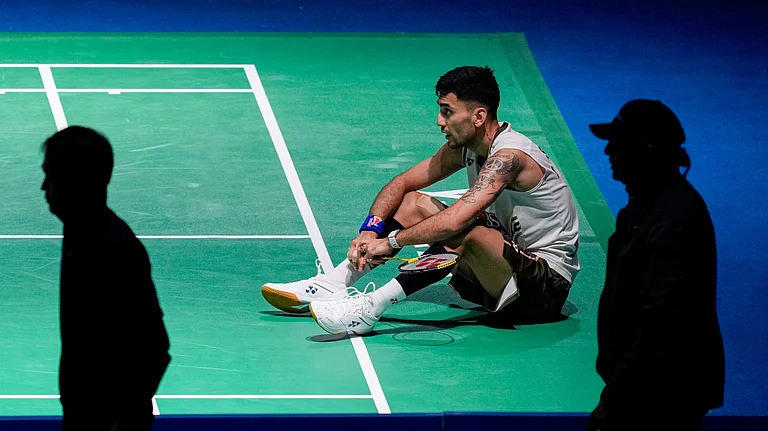The Indian Space Research Organisation (ISRO) announced on Saturday that it is progressing toward the initiation of unmanned flight tests for the Gaganyaan mission. The focus is currently on preparing for the Flight Test Vehicle Abort Mission-1 (TV-D1), a crucial step in showcasing the performance of the Crew Escape System.
In a statement posted on the social media platform 'X, ISRO stated, "ISRO is set to commence unmanned flight tests for the Gaganyaan mission. Preparations for the Flight Test Vehicle Abort Mission-1 (TV-D1), demonstrating the Crew Escape System's performance, are in progress."
According to ISRO, the first development flight Test Vehicle (TV-D1) is in its final stages of preparation, with officials hinting at a launch by the end of this month, PTI reported.
The Test Vehicle, a single-stage liquid rocket designed for the abort mission, carries the Crew Module (CM) and Crew Escape Systems (CES) with fast-acting solid motors, along with CM fairing (CMF) and Interface Adapters.
The upcoming flight will simulate an abort condition during the ascent trajectory, mimicking conditions encountered in the Gaganyaan mission. "CES with CM will be separated from the Test Vehicle at an altitude of about 17 km. Subsequently, the abort sequence will be executed autonomously, culminating in the safe touchdown of CM in the sea, about 10 km from the coast of Sriharikota," explained ISRO.
The CM, after undergoing various tests in Bengaluru, including an acoustic test, was sent to Satish Dhawan Space Centre in Sriharikota (SDSC SHAR) on August 13. At the launch site, it will undergo vibration tests and pre-integration with the Crew Escape System before the final integration with the Test Vehicle.
This Test Vehicle mission with the crew module marks a significant milestone for the Gaganyaan program, as it represents a near-complete system for a flight test. ISRO emphasized that the success of this test flight will pave the way for remaining qualification tests and unmanned missions, ultimately leading to the first Gaganyaan human spaceflight mission with Indian astronauts.
The Crew Module, designed to provide a pressurized earthlike atmospheric condition for astronauts during the Gaganyaan space mission, is currently in different stages of development. For TV-D1, the CM is an unpressurized version ready for shipment to the launch complex. This version mirrors the overall size and mass of the actual Gaganyaan CM, housing all systems necessary for deceleration and recovery.
"With its complete set of parachutes, recovery aids actuation systems, and pyros, the avionics systems in CM are in a dual redundant mode configuration for navigation, sequencing, telemetry, instrumentation, and power," explained ISRO. The CM, extensively instrumented, will be recovered after touchdown in the Bay of Bengal, utilizing a dedicated vessel and diving team from the Indian Navy.


























